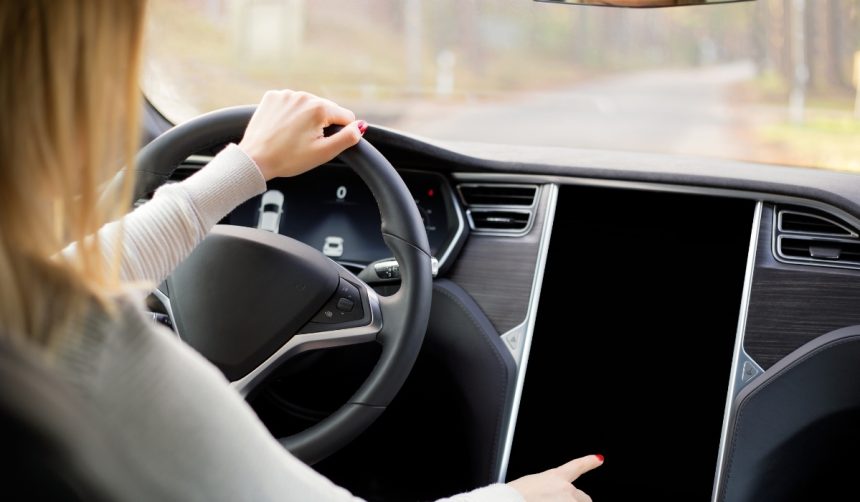Tesla’s Full Self-Driving (FSD) technology is attracting attention as the company broadens testing in Europe. With autonomous vehicles gaining traction worldwide, regulatory strategies vary significantly between regions, shaping the speed and scope of new releases. Local motorists, authorities, and industry analysts are watching closely, recognizing that the integration of driver assistance systems such as Tesla’s FSD could signal major developments for the automotive landscape in Europe.
Countries including the Netherlands, Germany, Italy, and France have previously hosted FSD trials, but regulatory progress has typically encountered obstacles. Information from reports earlier in 2024 and 2023 highlighted ongoing efforts to obtain certification and address safety concerns raised by authorities. While testing expanded gradually to new markets, approval timelines have consistently remained uncertain despite Tesla’s ambitions. The current expansion, particularly into Spain, represents an incremental step as opposed to a sweeping rollout, with regulatory reviews and public reception continuing to shape ongoing developments.
Testing Begins for Full Self-Driving in Spain
Tesla has now started evaluating the Full Self-Driving suite in Madrid, Spain, adding the country to its growing roster of test environments. The testing process, supervised and subject to local regulations, intends to demonstrate the system’s capabilities on European roads. During the official announcement, Tesla showcased the FSD system operating in realistic traffic conditions, marking a new phase of public validation for their product.
What Stands in the Way of Full Approval?
European Union authorities and individual governments continue to act as key decision-makers, imposing rigorous assessments before any wide-scale adoption occurs. Regulatory challenges have slowed Tesla’s rollout, as highlighted by CEO Elon Musk, who voiced his concerns by stating:
Waiting for Dutch authorities and then the EU to approve. Very frustrating and hurts the safety of people in Europe, as driving with advanced Autopilot on results in four times fewer injuries! Please ask your governing authorities to accelerate making Tesla safer in Europe.
Approval by both Dutch and EU regulators remains essential before a broader launch can move forward.
How Are Drivers and Markets Responding?
Interest among European consumers remains high, with anticipation building around the official debut of the FSD suite. Many motorists look forward to advanced features for convenience and safety. However, adoption will likely depend on successful trials, comprehensive regulatory reviews, and continued dialogue between Tesla and oversight bodies to address local requirements and safety standards.
Based on recent expansions, Tesla is incrementally increasing the geographical reach of its Full Self-Driving (Supervised) system, with recent moves reflecting both the company’s intent and the bureaucratic realities of the region. In comparison to early reports, progress has become more methodical as regulatory scrutiny intensifies. Each country’s unique legal and cultural landscape creates new variables that shape deployment strategies. The continued expansion into additional markets, including Spain, indicates both persistent demand and ongoing negotiation between Tesla and regional regulators.
The gradual pace of Tesla’s rollout for its Full Self-Driving suite across Europe underlines the complexity involved in gaining multi-jurisdictional approval. Stakeholders in the mobility and technology sectors should monitor these developments closely, as successful integration of advanced driver assistance systems depends on the alignment of business innovation and regulatory oversight. Those interested in integrating or evaluating similar technologies can benefit by closely following how Tesla adapts to different regulatory frameworks and public expectations. Lessons drawn from both delays and approvals in various countries may offer useful insights for developers, policymakers, and consumers considering the practical implications of autonomous vehicle technology on European roads.










